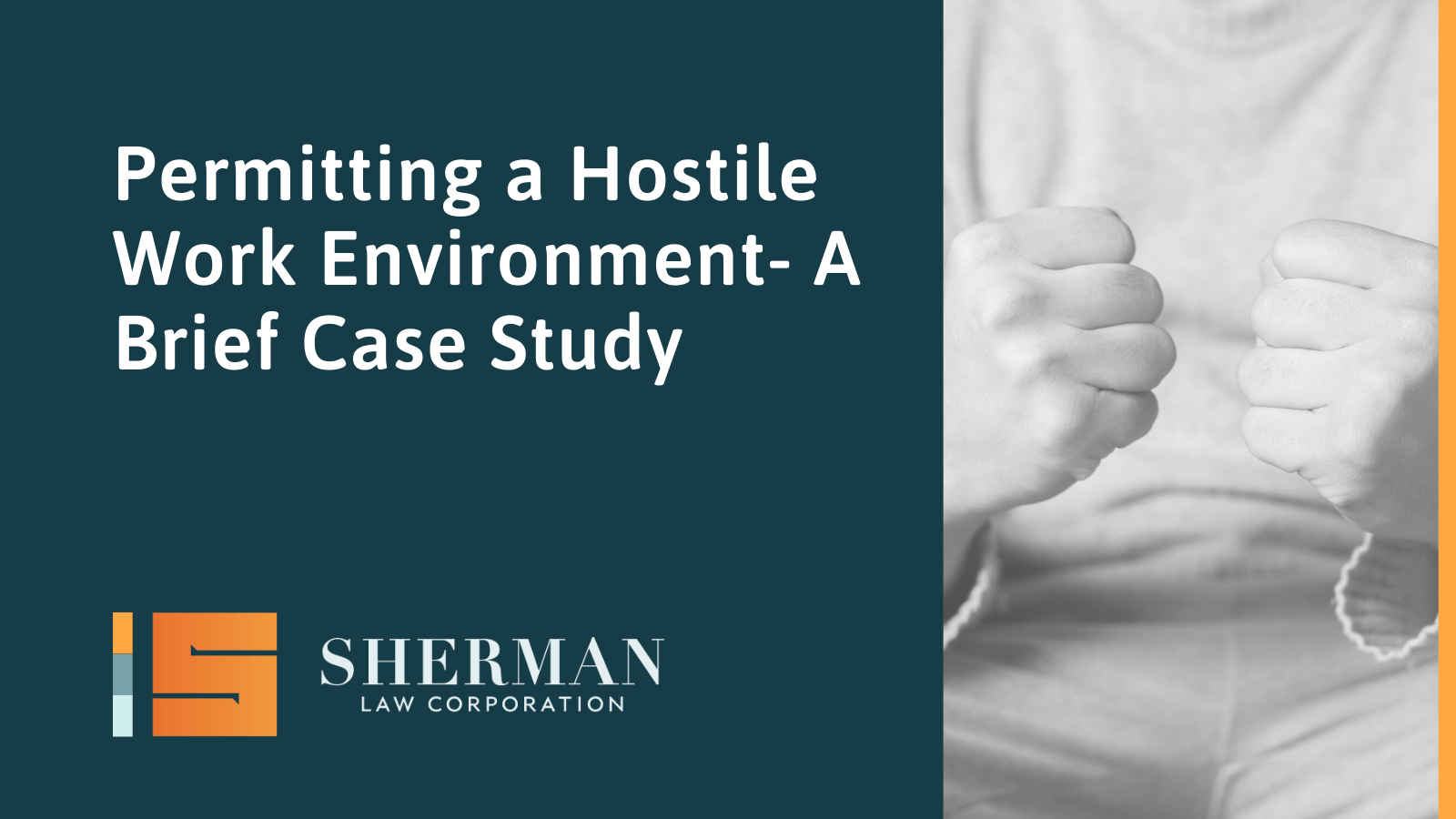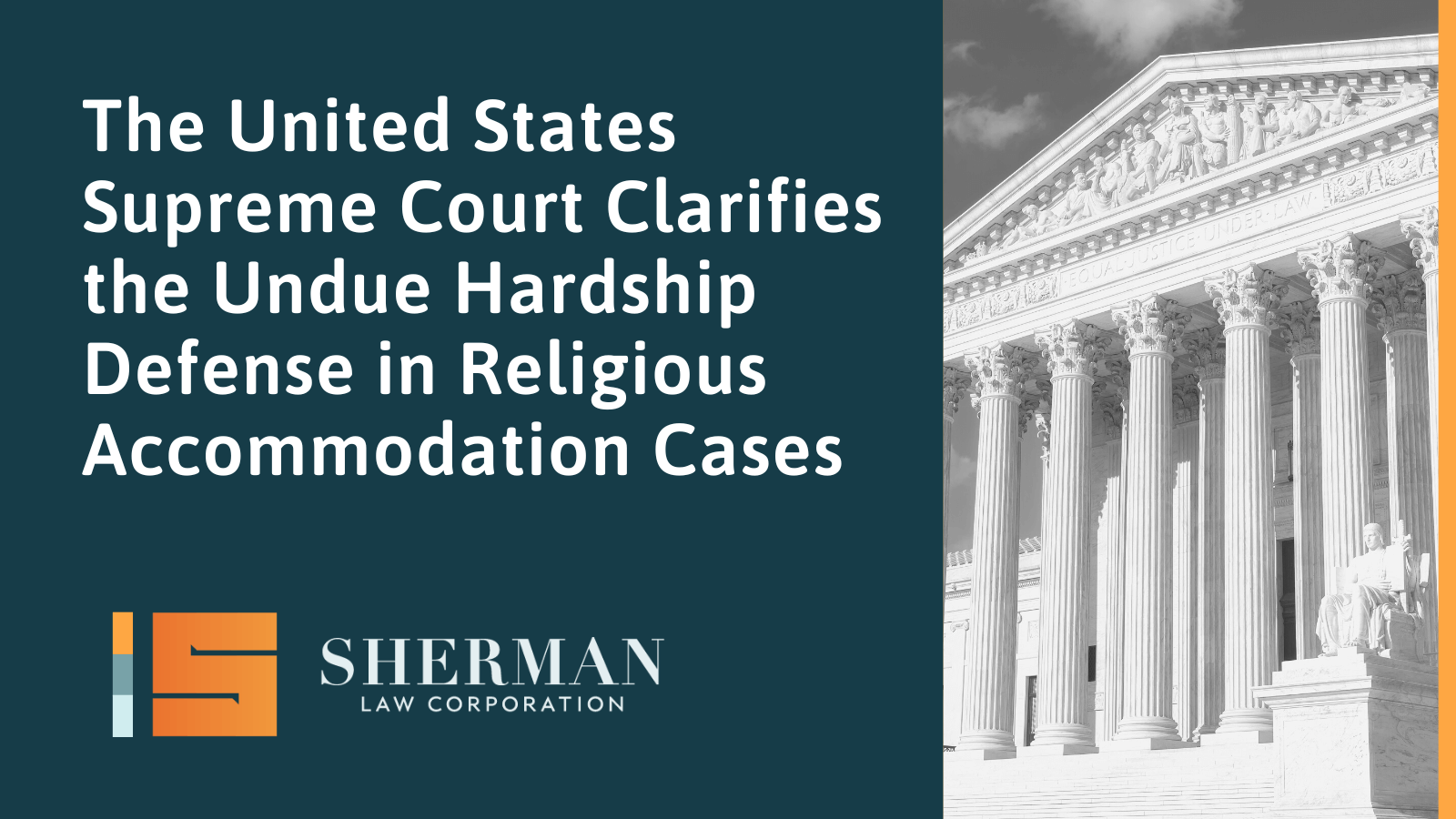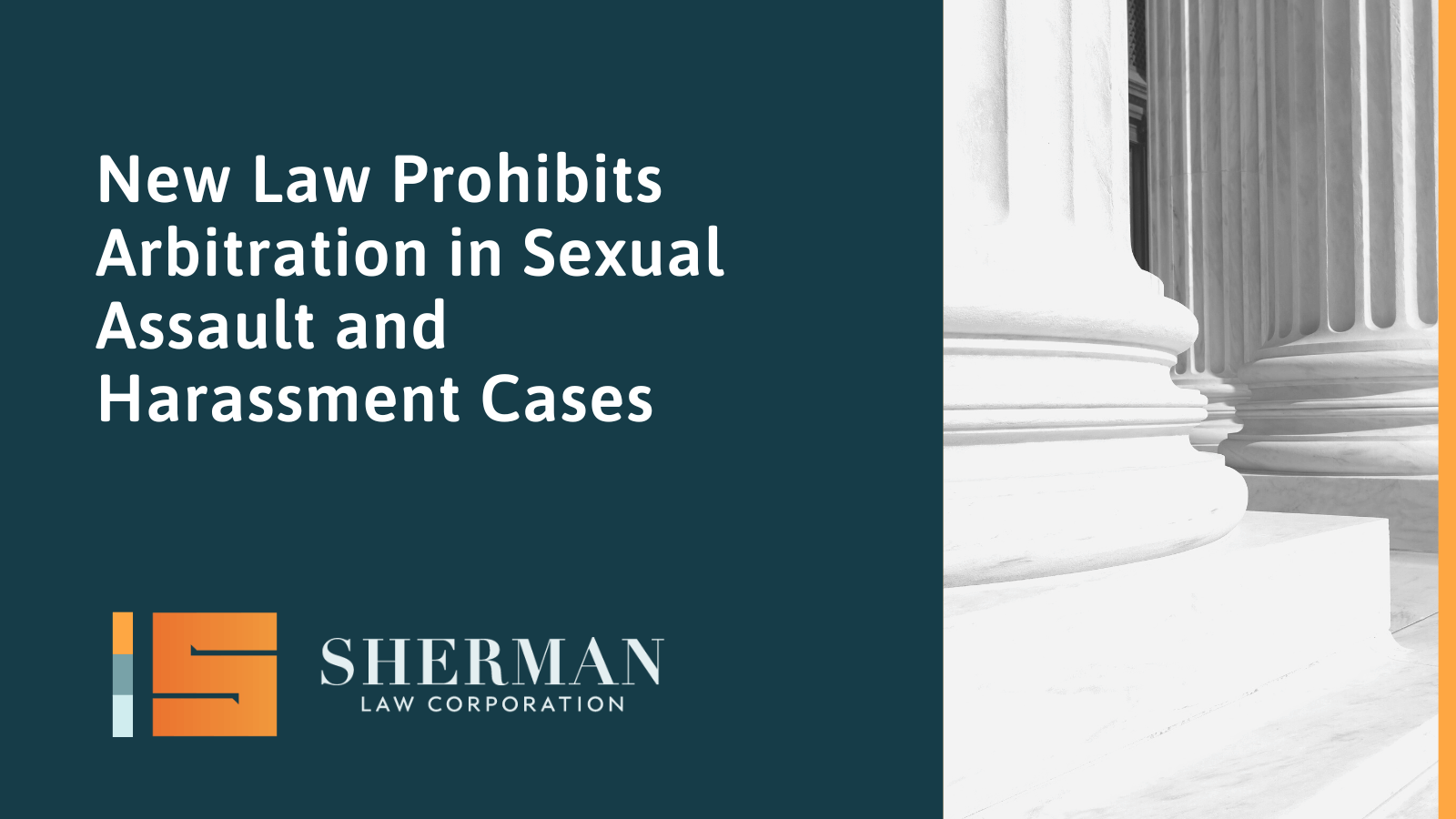
Question: When is Enough [Of a Response By an Employer] Not Enough?
Answer: When a Court Does Not Agree with an Employer’s Decision Not to Terminate an Alleged Harasser.
The Ninth Circuit Court of Appeals has given employers a new headache –second-guessing if they appropriately responded to harassment complaints. In the Ninth Circuit Court of Appeals’ recently published decision, Reynaga v. Roseberg Forest Products, (2017), the employer responded to an employee’s complaint of harassment but the Ninth Circuit concluded that the employer’s response was not enough, finding there were triable issues of fact whether the employer, Roseburg Forest Products, unlawfully terminated former employee, Efrain Reynaga, and permitted an abusive hostile work environment.
Reynaga, a first generation Mexican-American, alleged that he was subjected to differential treatment because of his national origin and a hostile work environment. In addition to racial slurs and remarks, Reynaga claimed that in 2008, police brought drug-sniffing dogs into the workplace and broke into his shared locker and no one else’s. Reynaga complained to human resources in 2009, who investigated his complaints, which resulted in prompt action- reprimanding the harasser and agreeing not to schedule Reynaga and accused’s shifts at the same time. Despite this promise, Reynaga and the accused were scheduled to work at the same time on two occasions in 2010 . One of the two times, Reynaga left work claiming it was due to a dispute with the accused. On the second occasion. Reynaga did not show up for work at all, at which time he was terminated from employment.
The Ninth Circuit described the workplace as “polluted with insult and intimidation.” While noting that the human resource representatives met with the harasser, the employer’s response “consisted of platitudes,” including, “I hope you learn from your mistakes,” and “Don’t do it again.” The dissenting judge, Carlos T. Bea, held that “Roseburg’s intervention was not only prompt, but also effective as Reynaga did not identify derogatory remarks made after the Company took action.”
Employer Take-Away:
A prompt, immediate response that ends the alleged unlawful conduct typically shielded employers so what is the impact of this decision?
- First, the Court’s decision must be considered in light of the proceedings. The employer filed a dispositive motion called a summary judgment motion asking the Court to assume, solely for purposes of this motion, that all of the plaintiff employee’s allegations are true. The Court will only grant summary judgment for the employer (i.e. dismiss Plaintiff’s lawsuit) if, the Plaintiff’s allegations are insufficient to state viable claims against the employer. Here, the majority opinion determined that there was a legitimate factual dispute as to whether Reynaga’s workplace was hostile and whether the investigation was effective, such that it could not be determined on a summary judgment motion as a matter of law. As a result, the Ninth Circuit remanded (i.e. sent back) the case to the federal district court. The case will proceed to trial at which time a jury will serve as the ultimate fact-finder to make this final determination. In other words, based on the totality of these circumstances, the Court will not rule in the employer’s favor as a matter of law.
- Second, it is not enough to merely play lip service to an employer’s obligations because the net effect of this decision is that the employer must now present this to a jury who are unlikely to be sympathetic to the employer. Even though juries must follow the jury instruction prohibiting second-guessing employer’s legitimate business decisions, the financial costs defending and appealing such errors are exorbitant.
- Third, even though it appears that Reynaga’s termination occurred long after the investigation and promise not to schedule them together, the employer’s termination decision on the spot when Reynaga did not show for the second scheduled shift sends an important message to employers to consider all possibilities before pulling the trigger. Here, the timing and reason for termination will be attacked by Reynaga’s counsel increasing the likelihood that the jury will find a motive, where none may have existed before, on the various other claims. Even where the employer promptly and immediately stops alleged conduct, if any further issues arise between the victim and accused, the most prudent employer response is to promptly investigate all potential claims before taking any adverse employment action.
Questions about the proper response to a harasser or hostile work environment? Contact Lisa Sherman at lisa@sherm-law.com or (323) 488-2087.
| Related Links: |



